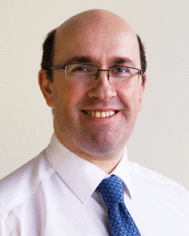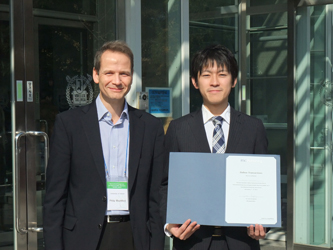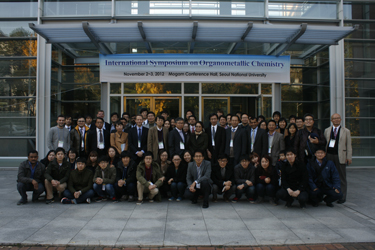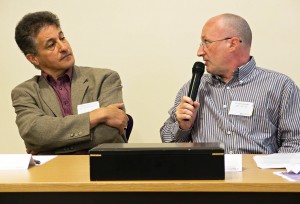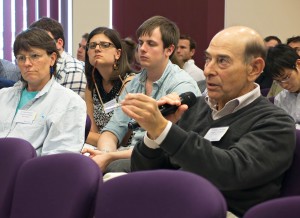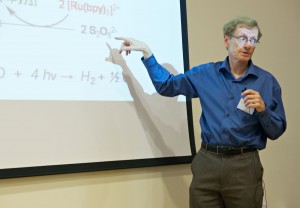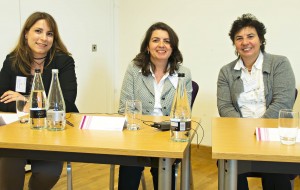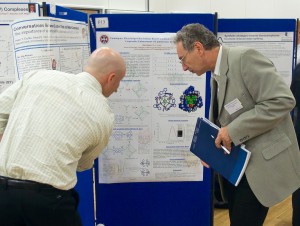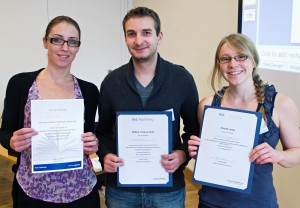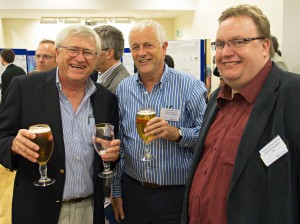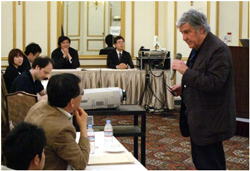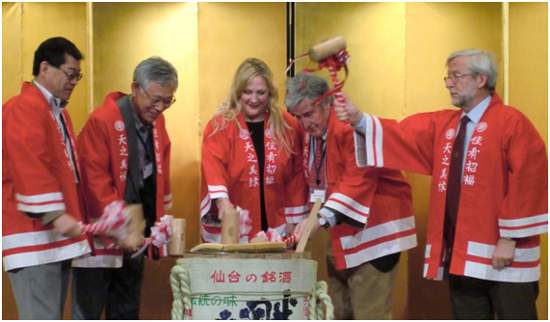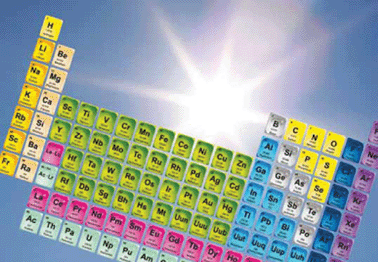This year’s Dalton Transactions International Symposium was held in November in Singapore and Shanghai, with the theme of organometallic chemistry and catalysis.
Day One of the Symposium was held in a hot and humid Singapore, at the A* Star Institute of Materials Research and Engineering (IMRE), where local host Professor TS Andy Hor welcomed both local and overseas speakers. After an opening welcome by Andy and Editor Jamie Humphrey, Professor Pak-Hing Leung, from the Nanyang Technological University (NTU) in the west of Singapore began the scientific talks, with his presentation entitled ‘Palladacycle-catalysed asymmetric hydrophosphination: direct and efficient synthesis of functionalised chiral tertiary phosphines’. After the morning coffee break, served Singapore style, Professor Philip Mountford (University of Oxford, UK, and Dalton Transactions Editorial Board Chair) gave a talk about ‘New terminal titanium hydrazido complexes: exploring the chemistry of the Ti=N-NR2 functional group’ and Professor JJ Vittal, from the National University of Singapore (NUS), took us up to lunch by describing his research on the ‘Design and reactivity of coordination polymers’.
Following lunch, Professor Aaron Sadow (Iowa State University) began the afternoon session, sporting his new Singapore haircut which he had the day before, presenting his talk on ‘Main group compounds supported by oxazolinylborate ligands in catalysis’. Aaron was followed by Professor Kuo-Wei Huang (King Abdullah University of Science & Technology), speaking about ‘A new class of PN3-pincer ligands for metal-ligand cooperative catalysis’. The final session of the day included a presentation by Professor Jean-Francois Carpentier ( University of Rennes), on ‘Discrete complexes of alkaline- and rare-earth elements: useful catalysts for cyclic esters polymerisations and hydroelementation reactions’ and Professor Han Vinh Huynh (NUS), speaking about ‘Non-classical NHC ligands and a new electronic parameter for the determination of ligand donor strengths’.
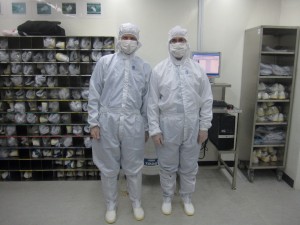
- Philip Mountford and Jamie Humphrey visit the clean room at IMRE
After the formal end of the Symposium, the speakers were given a tour of the facilities at IMRE, including a tour of the clean room (with a very strict dress code…). Day One of the Symposium was a great success, with a series of excellent scientific talks and many opportunities for those attending the Symposium to meet and discuss science with the speakers.
The next day the travelling speakers flew to Shanghai, where even though the weather was rather chilly, they received the warmest of welcomes, from local host Professor Guo-Xin Jin and other friends, beginning with a welcome dinner at the Jin Mao Tower in the Pudong district of Shanghai.
Day Two of the Symposium saw the return to the exact same venue where we had organised the very first Dalton Transactions International Symposium in 2009, the Fuxian Hotel at Fudan University. Following the same pattern of Day One of the Symposium, local host Professor Guo-Xin Jin welcomed those in attendance and opened the scientific sessions.
Professor Kuiling Ding (Shanghai Institute of Organic Chemistry) began with a presentation on ‘Chiral catalyst evolution: rational design and serendipity’, and was joined by Professors Mountford, Sadow and Carpentier, and local speakers Professor Jie-Sheng Chen (Shanghai Jiao Tong University, ‘Electron transfer and its effects in porous solid’), Professor Aiwen Lei (Wuhan University, ‘Oxidative coupling: chemistry between two “nucleophiles” ‘) and Professor Tao Tu (Fudan University, ‘Synthesis, aggregation and applications of pincer type organometallics’). The day concluded with some closing remarks by Jamie Humphrey and dinner in the Fuxian Hotel.
The 4th Dalton Transactions International Symposium brought together world class organometallic chemists, allowing old friends to be reunited and new friendships to be made. It was great to see so many discussions during the breaks, and especially to see local students discussing chemistry with the speakers.
Very many thanks are due to the local hosts, Professors Andy Hor in Singapore and Guo-Xin Jin in Shanghai, for their tireless efforts to ensure a successful Symposium, to the co-sponsoring host organisations, IMRE and the Singapore National Institute of Chemistry (SNIC) and Fudan University, for their generous financial support, and to all 11 speakers!
Read a selection of recent Dalton Transactions articles by the Symposium speakers by following the links below:
Site selectivity and reversibility in the reactions of titanium hydrazides with Si–H, Si–X, C–X and H+ reagents: Ti Nα 1,2-silane addition, Nβ alkylation, Nα protonation and σ-bond metathesis
Pei Jen Tiong, Ainara Nova, Andrew D. Schwarz, Jonathan D. Selby, Eric Clot and Philip Mountford
Dalton Trans., 2012,41, 2277-2288
DOI: 10.1039/C2DT12359B
Unusual structural motif in a zwitterionic Fe(II) complex of a tetradentate phosphine
Barun Jana, Megan Hovey, Arkady Ellern, Oleg Pestovsky, Aaron D. Sadow and Andreja Bakac
Dalton Trans., 2012,41, 12781-12785
DOI: 10.1039/C2DT31437A
Allyl strontium compounds: synthesis, molecular structure and properties
Phillip Jochmann, Julien P. Davin, Stefanie Maslek, Thomas P. Spaniol, Yann Sarazin, Jean-Francois Carpentier and Jun Okuda
Dalton Trans., 2012,41, 9176-9181
DOI: 10.1039/C2DT30743J
One-step entry to olefin-tethered N,S-heterocyclic carbene complexes of ruthenium with mixed ligands
Nini Ding, Wenhua Zhang and T. S. Andy Hor
Dalton Trans., 2012,41, 5988-5994
DOI: 10.1039/C2DT12354A
Palladium(IV) chemistry supported by pincer type ligands
Heng Zhang and Aiwen Lei
Dalton Trans., 2011,40, 8745-8754
DOI: 10.1039/C1DT10373C
A precursor route to single-crystalline WO3 nanoplates with an uneven surface and enhanced sensing properties
Xiao-Xin Zou, Guo-Dong Li, Pei-Pei Wang, Juan Su, Jun Zhao, Li-Jing Zhou, Yu-Ning Wang and Jie-Sheng Chen
Dalton Trans., 2012,41, 9773-9780
DOI: 10.1039/C2DT30748K
Chiral cyclopalladated complex promoted asymmetric synthesis of diester-substituted P,N-ligands via stepwise hydrophosphination and hydroamination reactions
Ke Chen, Sumod A. Pullarkat, Mengtao Ma, Yongxin Li and Pak-Hing Leung
Dalton Trans., 2012,41, 5391-5400
DOI: 10.1039/C2DT12379G
Correlation of spectroscopically determined ligand donor strength and nucleophilicity of substituted pyrazoles
Jan Christopher Bernhammer and Han Vinh Huynh
Dalton Trans., 2012,41, 8600-8608
DOI: 10.1039/C2DT30526G
Bottom-up synthesis of coordination polymers based on carborane backbones and Cu2(CO2)4 paddle-wheel: ligand metathesis with metallotecons
Sheng-Li Huang, Lin-Hong Weng and Guo-Xin Jin
Dalton Trans., 2012,41, 11657-11662
DOI: 10.1039/C2DT30708A
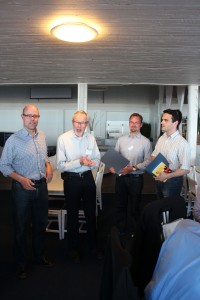 The conference “Oorgandagarna – Inorganic Days” was held in Åhus in Sweden from 17-19 June 2013. Dalton Transactions sponsored two poster prizes, and the two winners were Erik Lewin and Matthew Wolf from Uppsala University. Congratulations to Erik and Matthew, and I hope all the conference attendees had a great time!
The conference “Oorgandagarna – Inorganic Days” was held in Åhus in Sweden from 17-19 June 2013. Dalton Transactions sponsored two poster prizes, and the two winners were Erik Lewin and Matthew Wolf from Uppsala University. Congratulations to Erik and Matthew, and I hope all the conference attendees had a great time!











